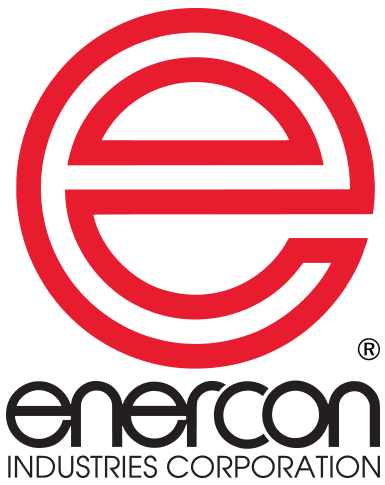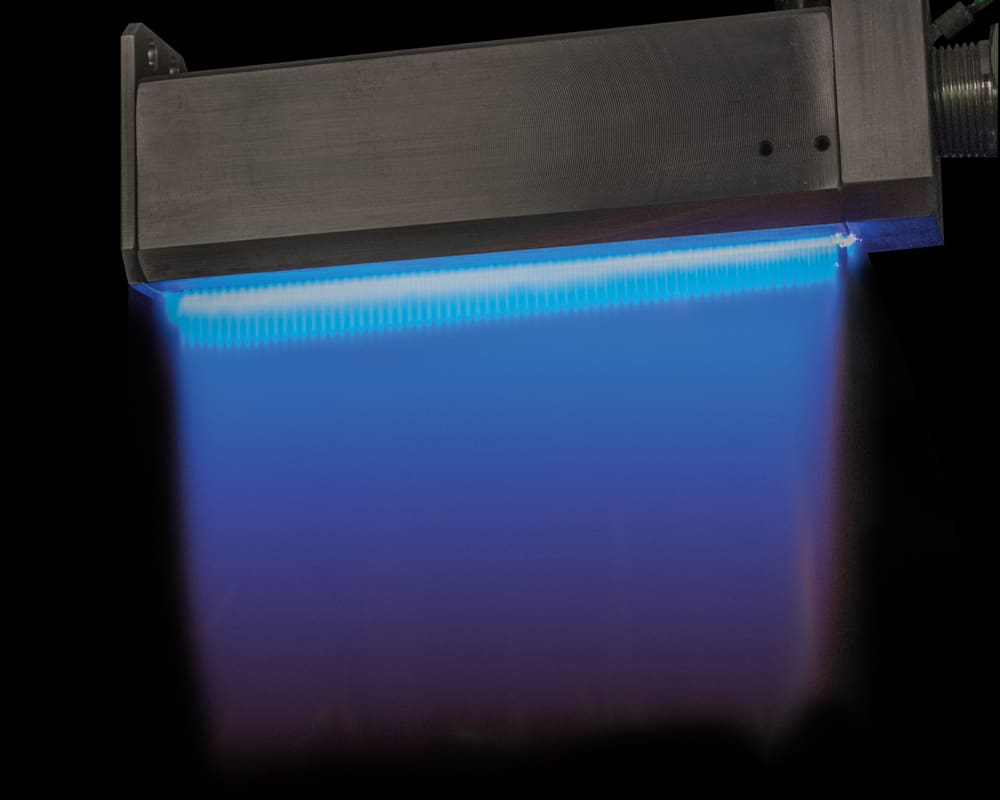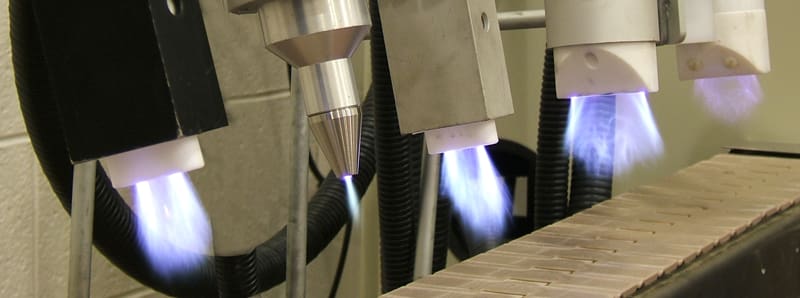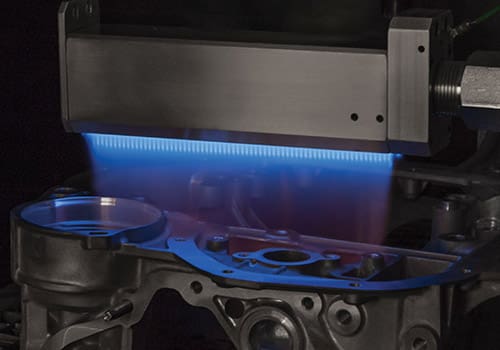UV Flexo Ink Composition And Surface Treatment Effects On Adhesion To Flexible Packaging
Read the abstract below and download your copy of this informative technical paper which was presented at the TAPPI PLACE 2010 conference “UV Flexo Ink Composition and Surface Treatment effects on adhesion to Flexible Packaging”. Abstract UV flexo inks are becoming increasingly popular in flexible packaging and shrink sleeve applications, traditional markets for flexographic inks.…
Read MoreRoll Aluminum Surface Preparation for Packaging Applications
The packaging industries within North America and Western Europe consume the majority of the aluminum sheet and foil for making beverage cans, flexible packaging and foil wraps. The choice of alloy for these applications typically predetermines properties such as strength, formability and resistance to corrosion. Other requirements such as the surface finish, flatness and gauge…
Read MoreHow and why plasma and flame surface treating improve surface adhesion.
Common adhesion impediments found on surfaces. Non-porous and hydrophobic surfaces have low surface energy with few available bonding sites due to low levels of charged ions on the surface. Additionally, any type of surface contamination affects adhesion negatively. This contamination can include material additives & release agents which can migrate to the surface. Clean, Etch…
Read MoreGetting Started with Flame Plasma
What’s in the eBook? Learn how flame plasma is helping users improve product quality, and increase production speeds. See what Enercon customers are saying “We’ve integrated Enercon flame treaters and we really enjoy working with Enercon because of their depth of knowledge in surface treating.”Jerry Schmit, Sr Applications Engineer, Midwest Engineering Solutions
Read MoreAn Overview of Surface Treatment for Three-Dimensional Objects
If you’ve attempted to print, label, or otherwise decorate a three-dimensional (3-D) product, you’ve probably been frustrated by an ink or adhesive that refused to adhere to the part’s surface. You may have tried different types of ink or adhesive formulations to get the job done, perhaps even used chemical primers or batch-treating processes. Still,…
Read MoreSurface Activation Systems For Optimizing Adhesion To Polymers
Many experiments have been performed globally to investigate ways of improving adhesion to polymers. This paper discusses current atmospheric surface activation systems, appropriate measurements of wettability and adhesion, over-treatment effects and surface analysis techniques relative to optimizing the adhesion of inks, paints, coatings and adhesives to polymer surfaces. Recommendations for improved activation by substrate and…
Read MoreImproving UV Coating Results with Corona & Plasma Surface Preparation
UV coatings are a great choice for high value applications where scratch resistance and surface performance are essential. While traditional UV lamps are still used, the advancement of LED curing technology has improved operational efficiencies for numerous applications. This article reviews the importance of properly preparing surfaces for bonding with a variety of in-line surface…
Read MoreBonding Styrenic Copolymers to Replace PVC
The desire to find a cost-effective, yet environmentally friendly alternative to PVC is the focus of a new technical paper: Bonding Styrenic Copolymers and Thermoplastic Elastomers in the Quest to Replace PVC. The paper details current research on the benefits of using light-curable adhesives and surface treatment technology to optimize bond strength of competitive high…
Read MoreCustom Integrated Conveyor Systems for Flame Treating Applications
Enercon flame treating systems can be integrated in a variety of configurations based on each application’s requirements. In many cases, the flame is integrated with a robot so the flame burner can follow a precise path over the parts to be treated. In other cases, the flame burner is in a fixed position and parts are presented…
Read MorePlasma & Flame Treatment Prepares Aluminum Surfaces for Bonding
Bonding to aluminum can be major challenge. Engineers typically rely on adhesives to bond aluminum without welding. Depending upon application requirements, there are several adhesives and VHB foam tapes that have proven effective. However, all adhesive-based remedies are subject to failure if surface preparation is overlooked. Aluminum Surface Contaminates Aluminum is often annealed to achieve…
Read More










